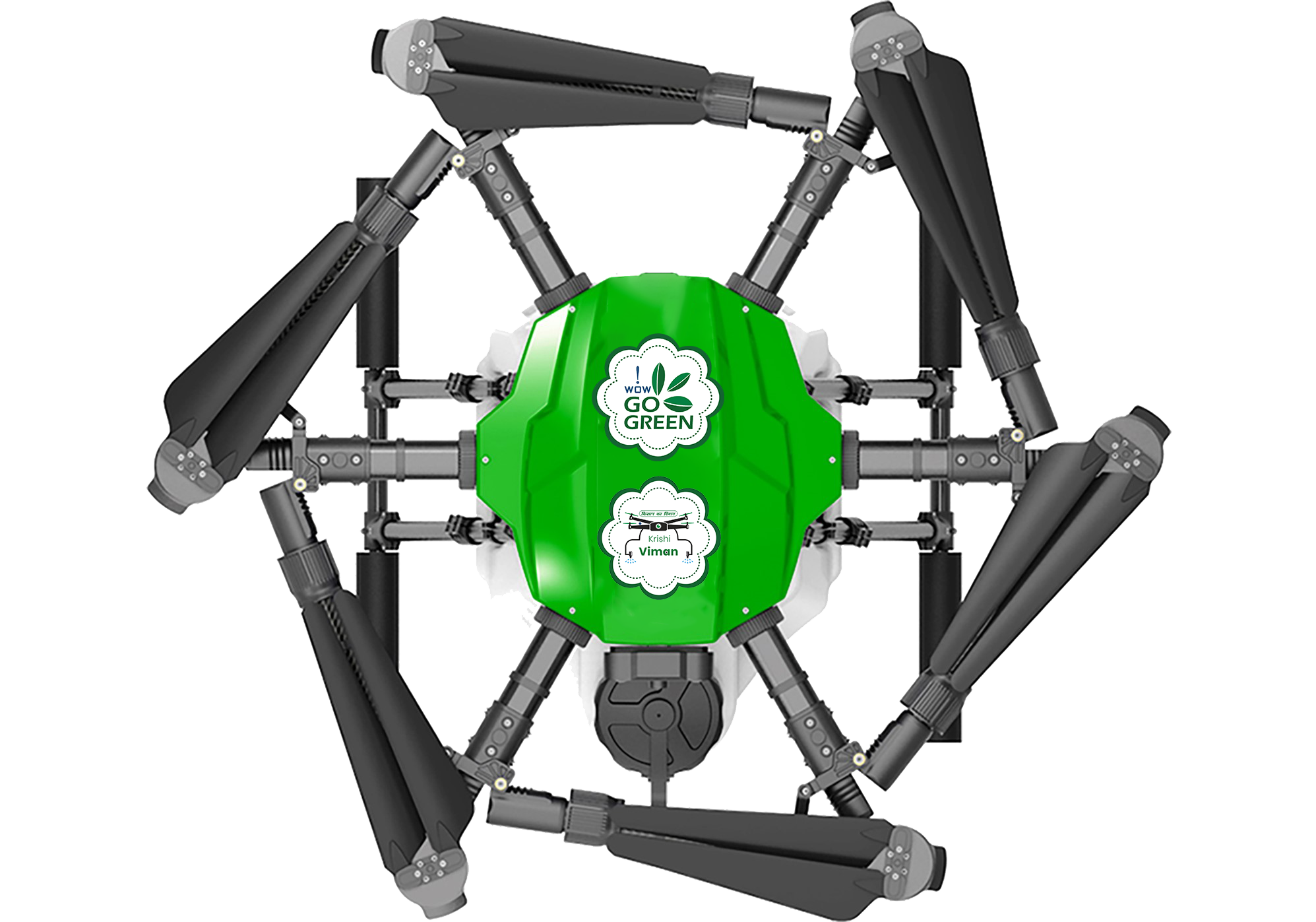Cost-Benefit Analysis: Is Investing in Agricultural Drones Worth it for Indian Farmers?
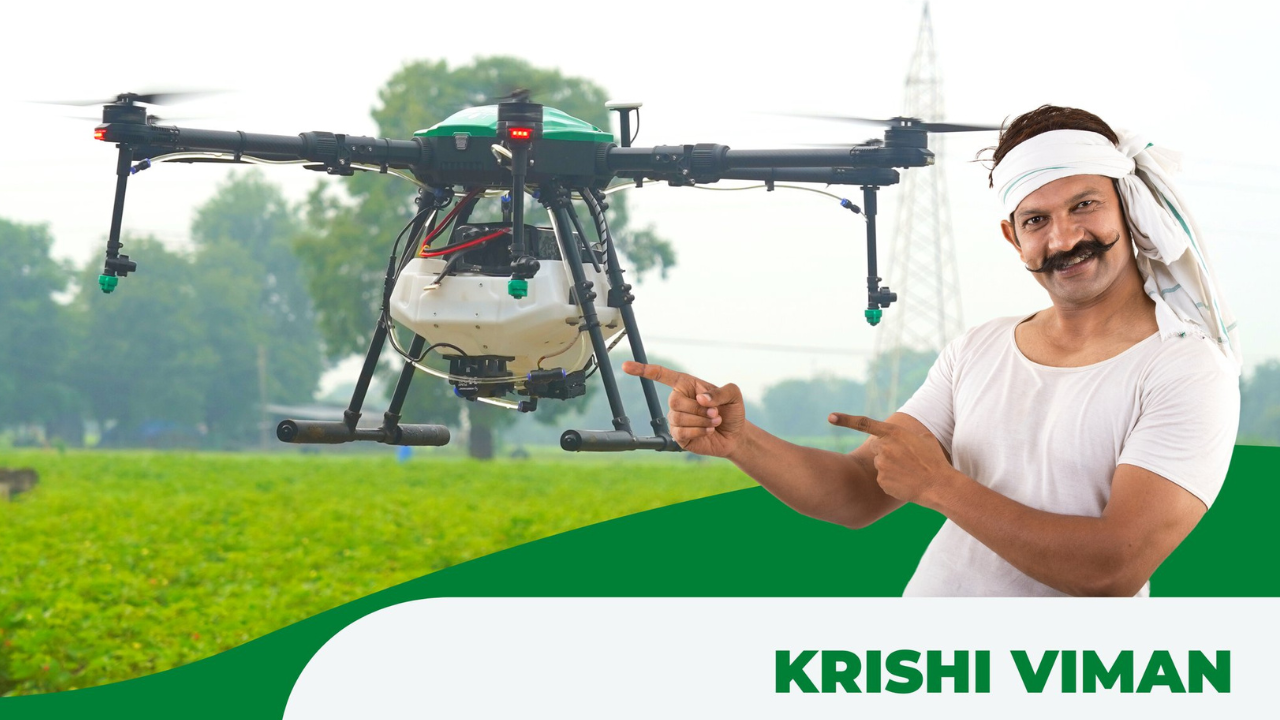
- By: krishiviman /
- 04-01-2024
In the rapidly evolving landscape of Indian agriculture, the adoption of innovative technologies is not just a trend, but a necessity. Among these technologies, agricultural drones have emerged as a game-changer. But the critical question for Indian farmers remains: is the investment in agricultural drones truly worth it? This blog delves deep into this topic, providing a comprehensive cost-benefit analysis of agricultural drones, with a special focus on the offerings from Krishi Viman, a renowned agricultural drone manufacturer in India.
The Emergence of Agricultural Drones
Agricultural drones, also known as Unmanned Aerial Vehicles (UAVs), have revolutionized farming practices worldwide. They offer a range of applications from aerial surveying of crops to precision application of fertilizers and pesticides. In India, their adoption is seen as a leap forward in achieving efficiency, crop health, and yield optimization.
Understanding Drone Prices
One of the primary considerations for farmers is the cost of drones. The drone price varies depending on the features, capacity, and technology used. When evaluating the cost, it's crucial to consider the long-term benefits these drones bring. Typically, higher-end drones offer advanced features like greater flight time, precise application of inputs, and detailed crop health monitoring, which can lead to significant savings and increased yields in the long run.
Krishi Viman: A Trusted Name in Agricultural Drones
Krishi Viman stands out in the Indian market as a leading agricultural drone manufacturer. Their drones are tailored to meet the specific needs of Indian agriculture, equipped with features like multispectral imaging, efficient spray systems, and user-friendly interfaces. Krishi Viman's after-sales service and training programs further add value, making their drones a smart investment for farmers.
Drone Spray Service: Enhancing Efficiency and Precision
One of the most significant applications of agricultural drones is in spraying services. Drones can apply fertilizers, pesticides, and herbicides more efficiently and precisely than traditional methods. This not only reduces the amount of chemicals used but also minimizes the exposure to these chemicals, ensuring farmer safety. Drone spray services also reach areas that are difficult to access with ground-based equipment, ensuring uniform application across the field.
The Cost-Benefit Analysis
To understand the true value of investing in agricultural drones, it's essential to look beyond the initial purchase price. The benefits include:
Increased Crop Yield: Drones enable precision agriculture, leading to optimal use of resources and improved crop health.
Reduced Labor Costs: Automated drones reduce the manpower needed for tasks like spraying and surveying.
Time Efficiency: Drones cover large areas quickly, saving significant amounts of time in crop monitoring and treatment.
Reduced Input Costs: Precision application of inputs reduces waste and saves costs on fertilizers and pesticides.
Data-Driven Decisions: Advanced drones provide valuable data for better crop management decisions.
Case Studies: Success Stories in Indian Agriculture
Across India, numerous farmers have witnessed the positive impact of agricultural drones. For instance, a farmer in Maharashtra reported a 20% increase in yield after using Krishi Viman drones for crop monitoring and spraying. Another case in Punjab showed a reduction in pesticide use by 30% with the adoption of drone technology.
Government Policies and Subsidies
The Indian government, recognizing the potential of drone technology in agriculture, has introduced policies and subsidies to encourage farmers to adopt this technology. These initiatives significantly reduce the financial burden and make drones an accessible tool for farmers of all scales.
Conclusion
In conclusion, the investment in agricultural drones, particularly from trusted manufacturers like Krishi Viman, offers substantial benefits to Indian farmers. The initial cost is offset by the long-term gains in yield, efficiency, and cost savings. As the agricultural sector in India continues to modernize, drones will undoubtedly play a pivotal role in shaping its future.
FAQs
Q: What is the average cost of an agricultural drone?
A: The cost varies based on features and capabilities, but investing in a quality drone from manufacturers like Krishi Viman ensures long-term benefits.
Q: Are there training programs available for operating agricultural drones?
A: Yes, companies like Krishi Viman offer comprehensive training programs for farmers.
Q: Can small-scale farmers afford agricultural drones?
A: With government subsidies and the long-term cost benefits, drones are becoming increasingly accessible to farmers of all scales.
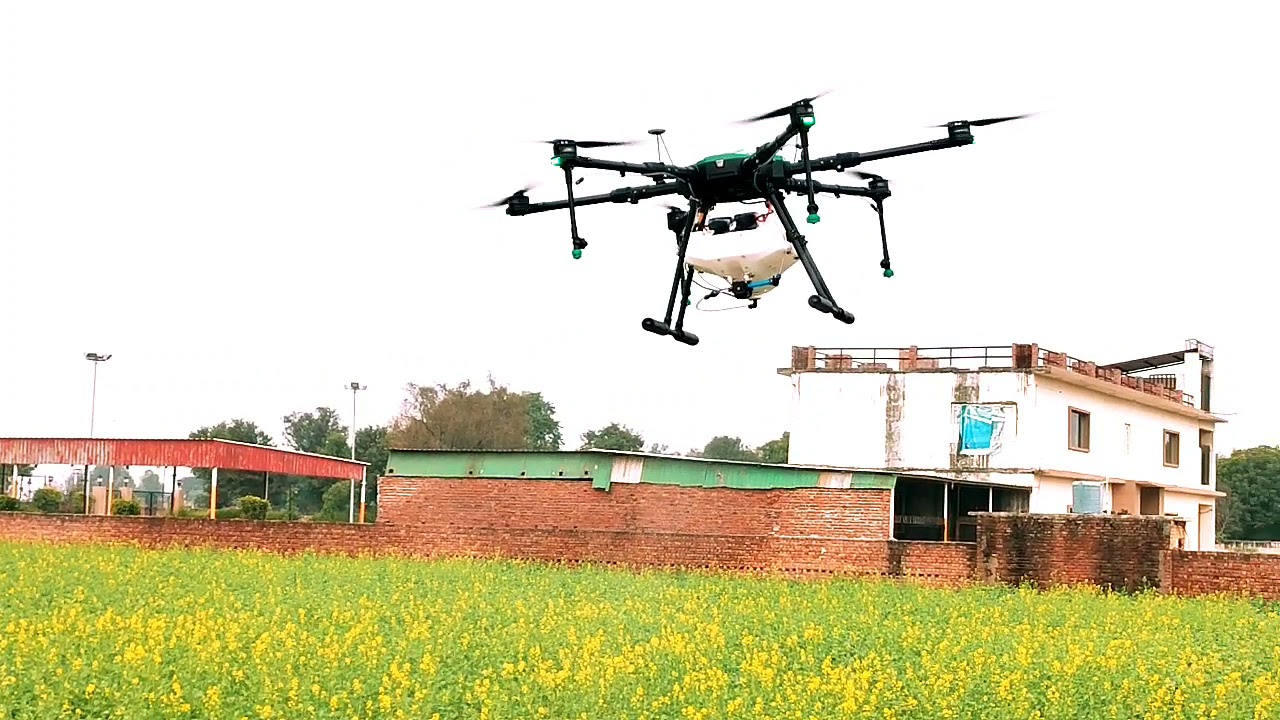
Revolutionizing Indian Agriculture: The Emergence of Drone Technology in Farming Practices
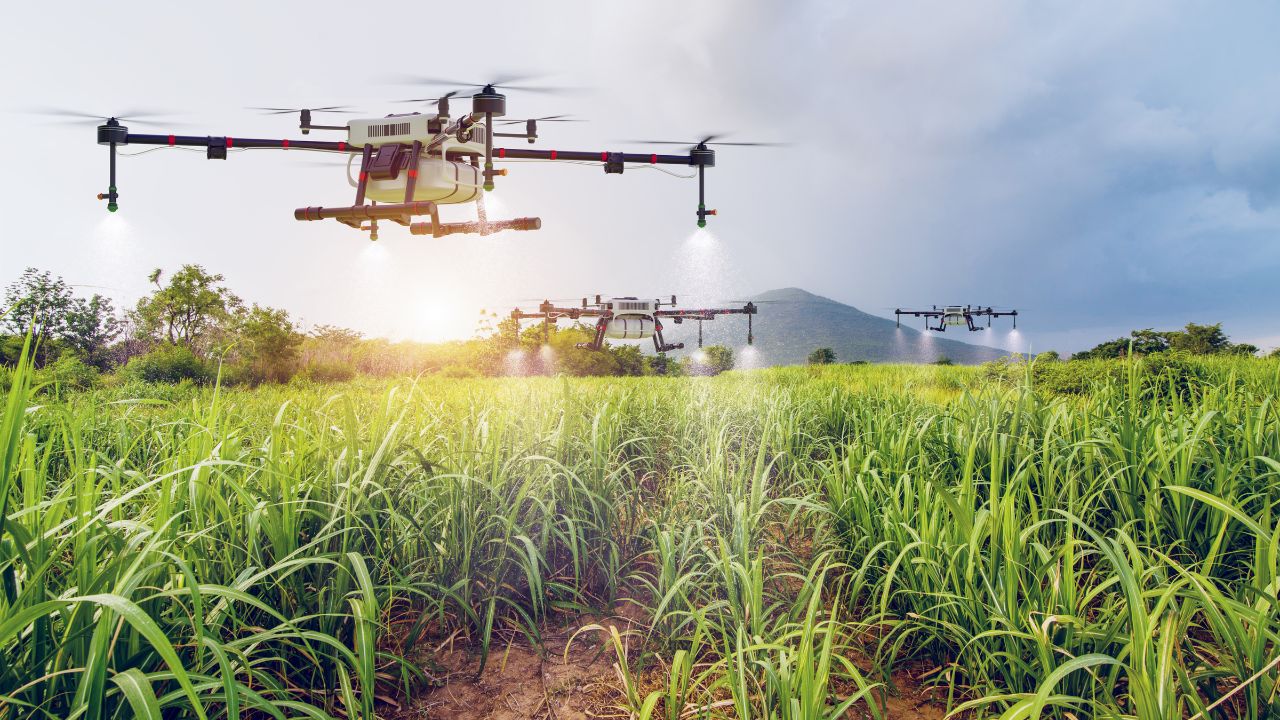
Importance of Drone Technology in Indian Agriculture and Farming Introduction
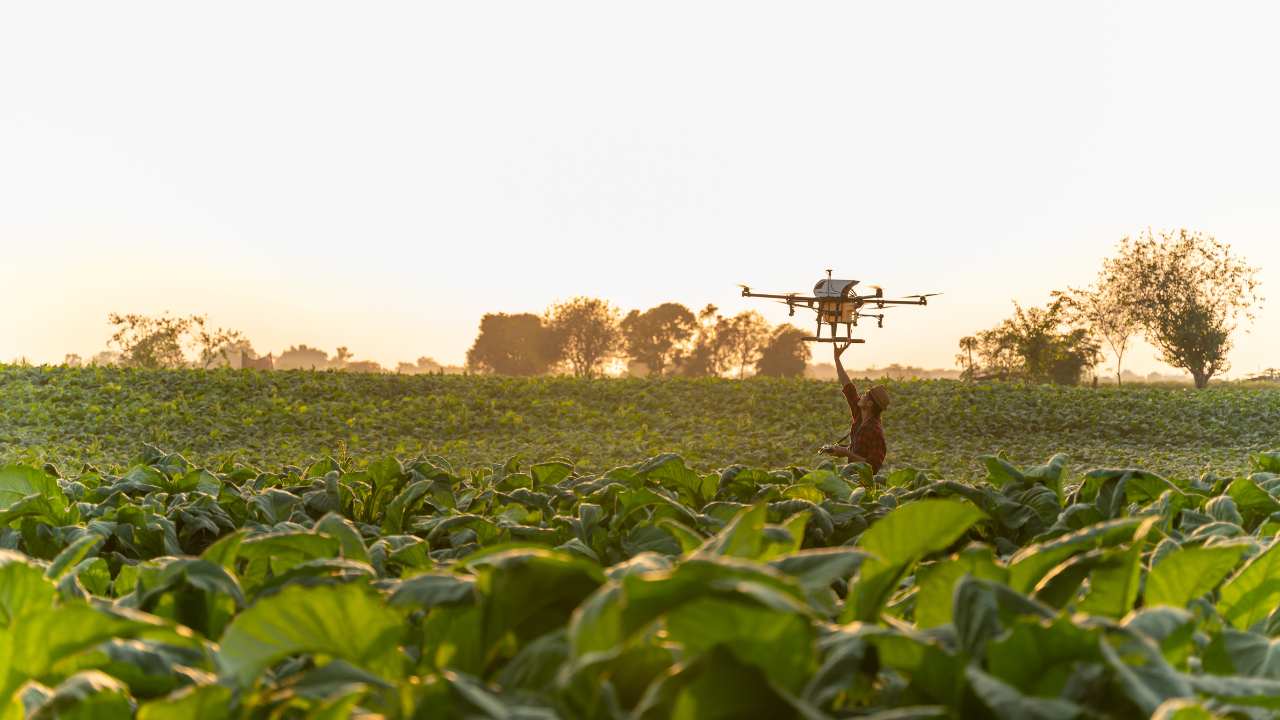
Revolutionizing Indian Agriculture: Krishiviman's Pioneering Drone Technology
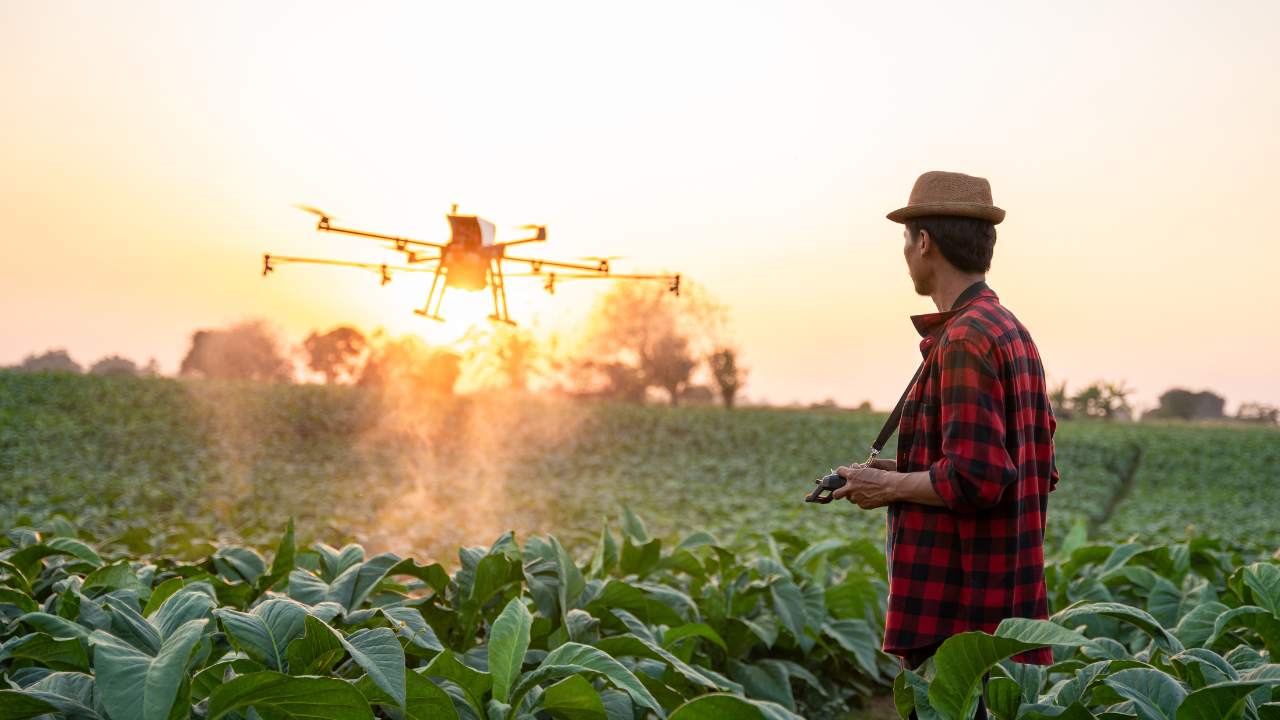
Transforming Farming: How Agricultural Drones are Solving Key Challenges in Agriculture
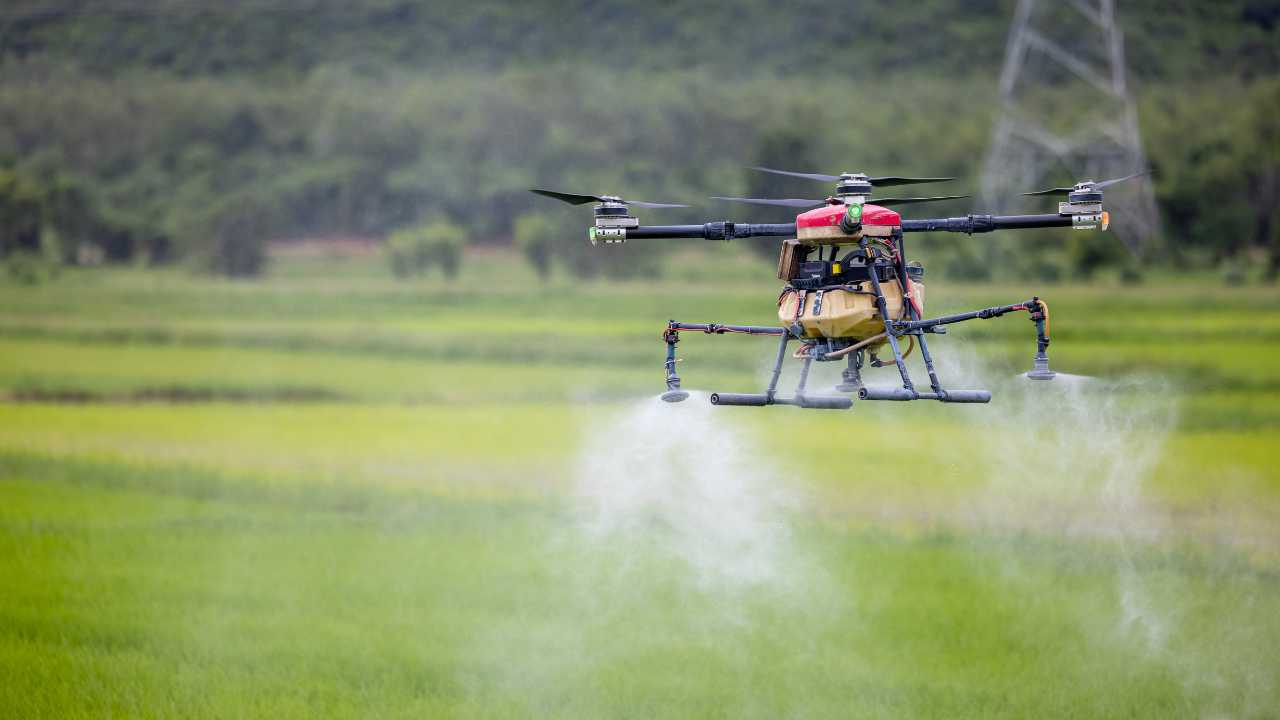
Innovative Uses for Drones in Agriculture
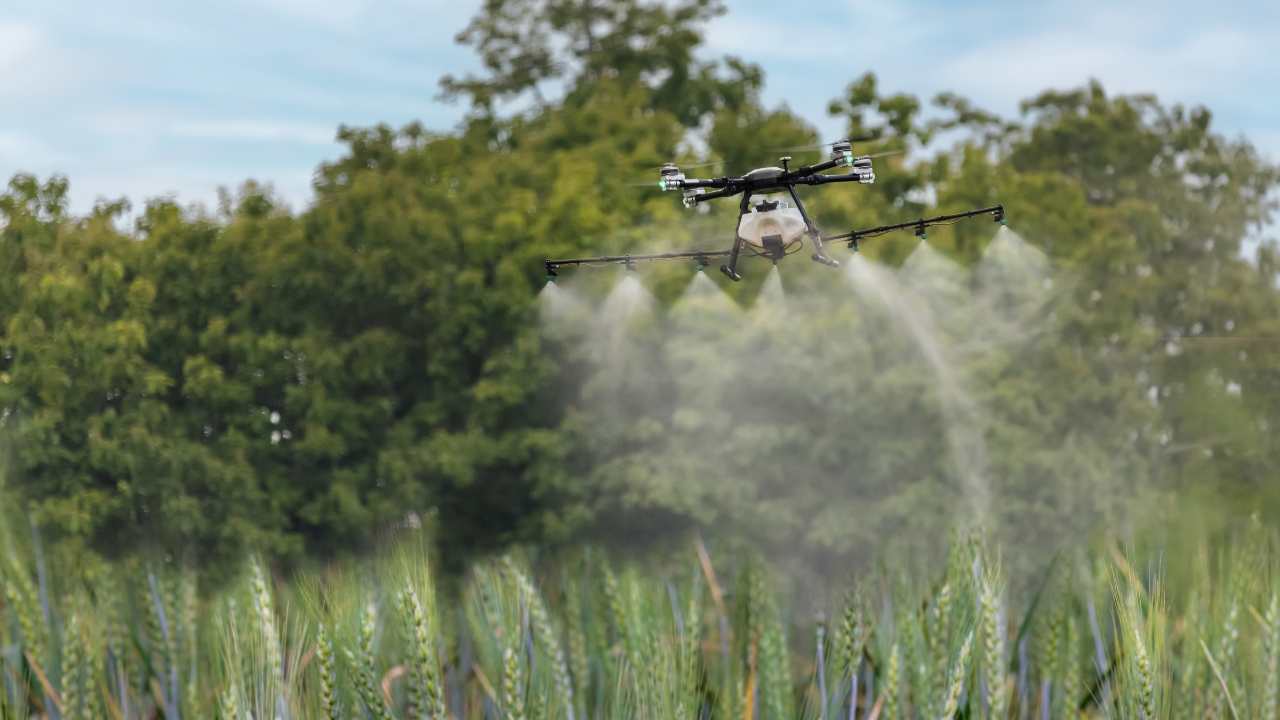
Applications of Drones in Precision Agriculture
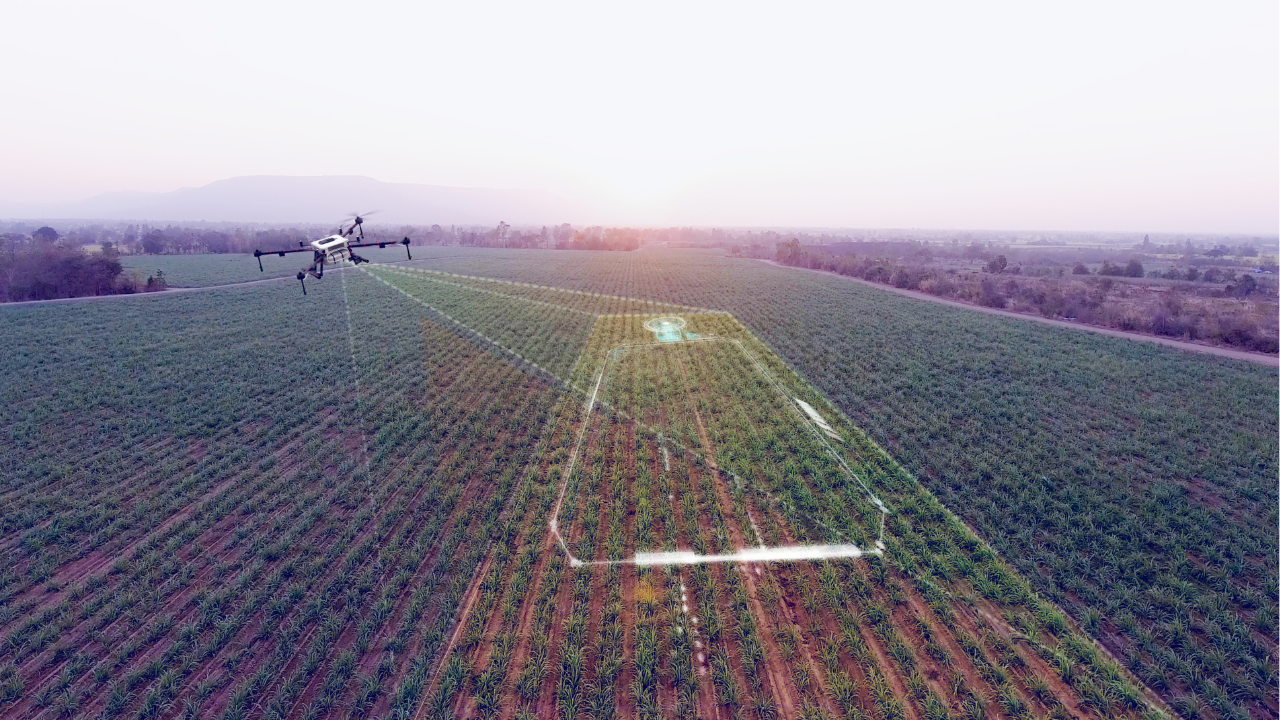
The Transformative Impact of Drones in Indian Agriculture Introduction
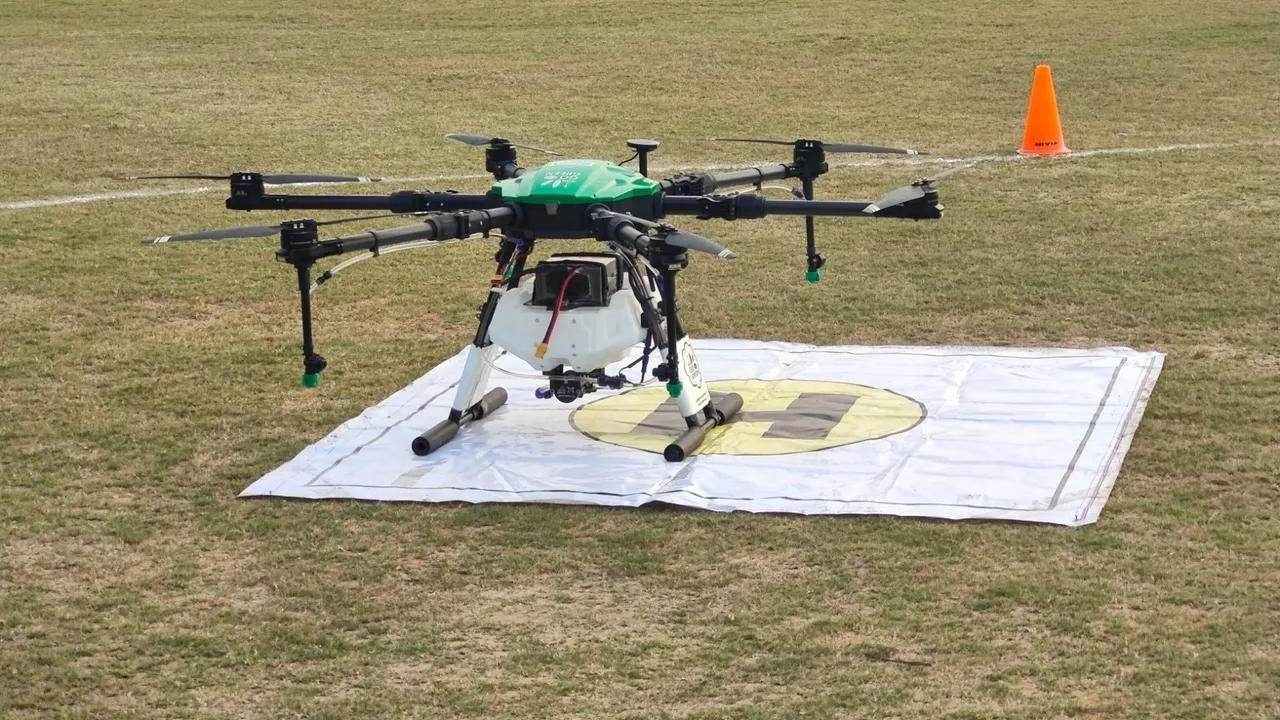
The Revolution of Agriculture Drone Spraying in India: Profitability, Efficiency, and Investment
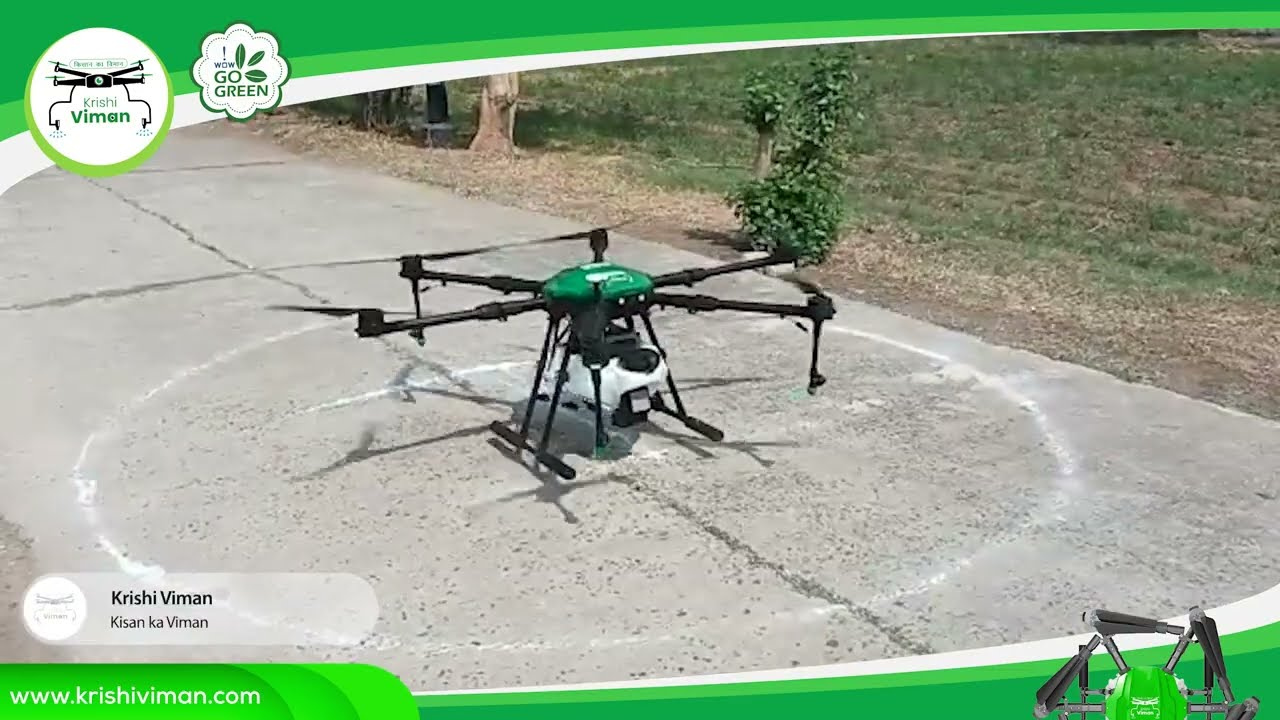
Exploring Cost-Effective Drone Solutions for Indian Agriculture: A Review of Krishiviman.com Offerings
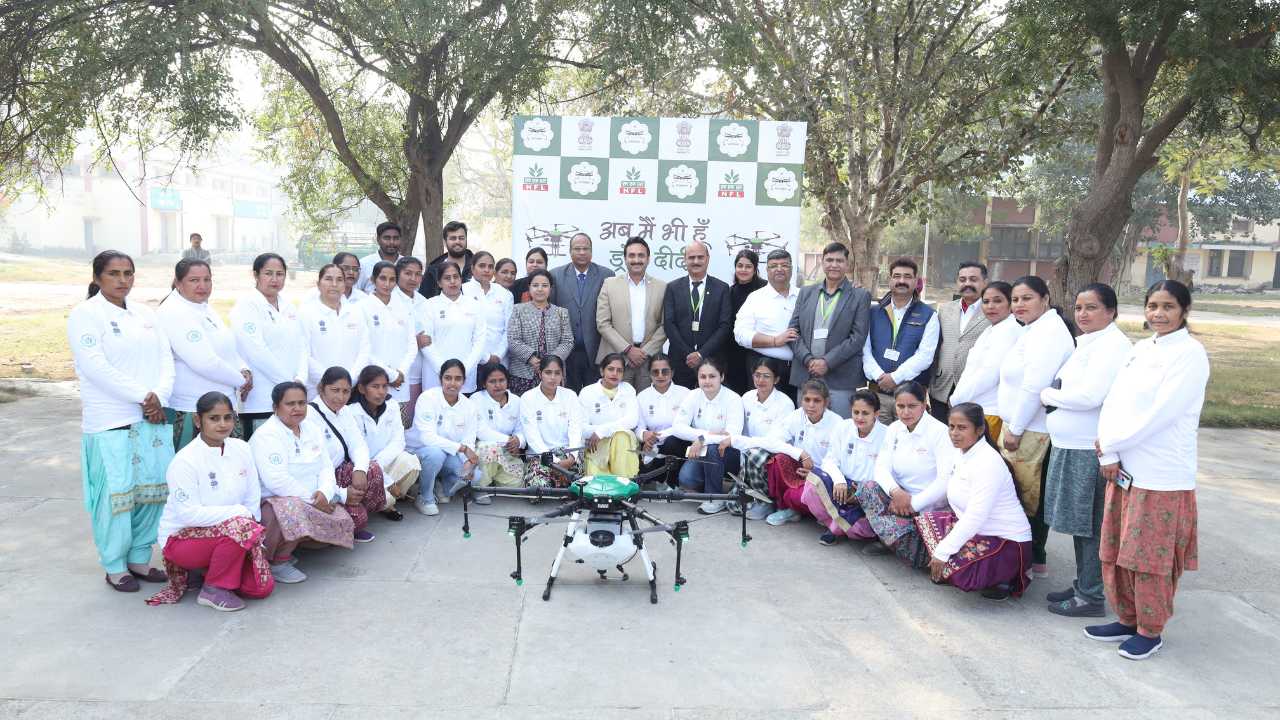
Unleashing Potential: RPTO Drone Training in Indian Agriculture
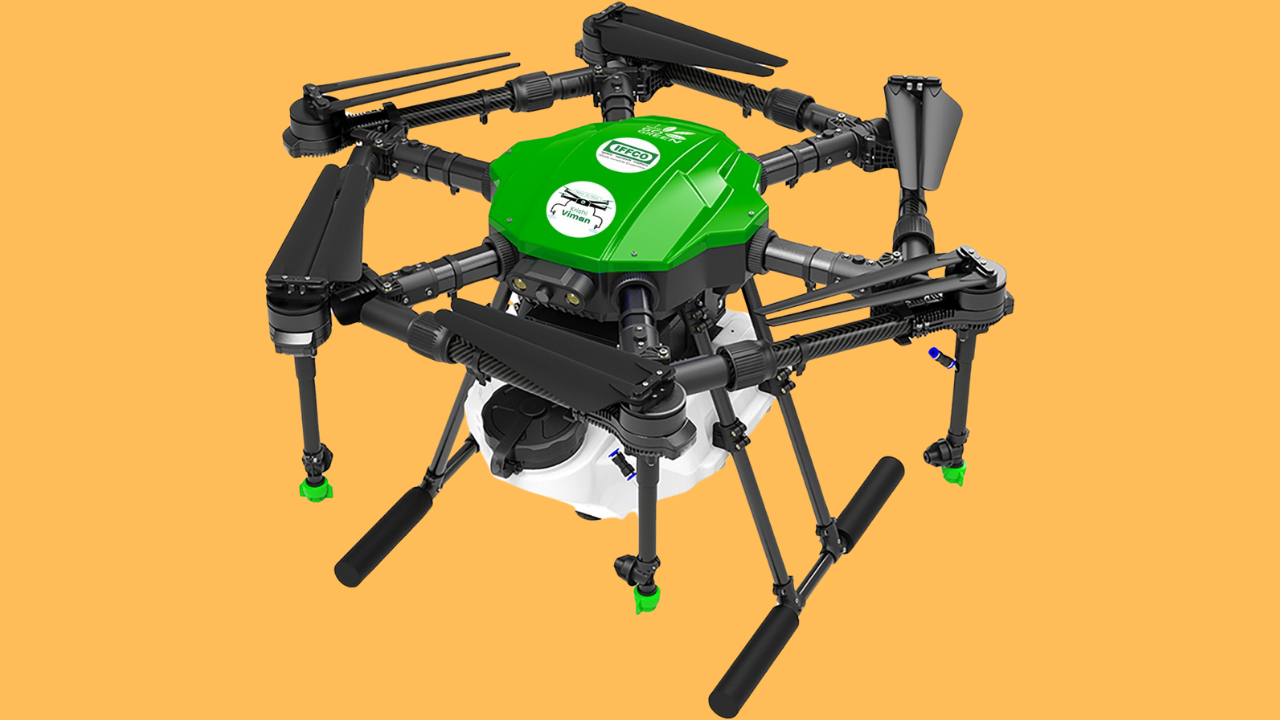
How to Use and Maintain the Agricultural Spraying Drone Battery


